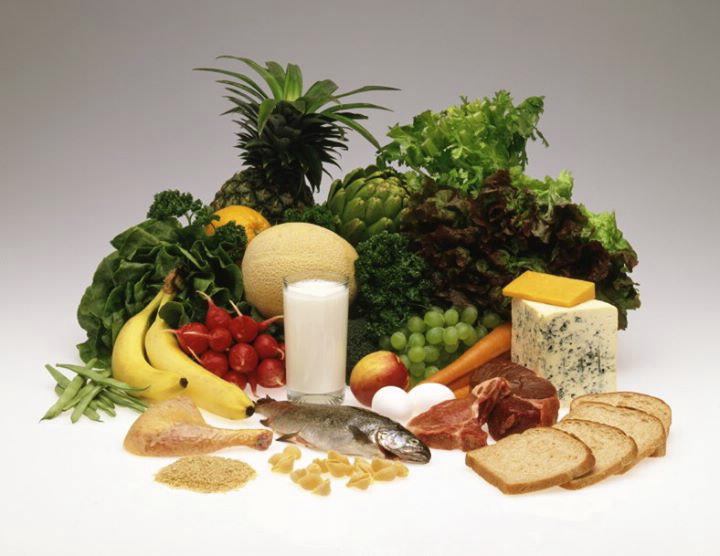A team of Australian scientists has joined forces in a world first collaboration that will utilise state-of-the-art technology and materials science to determine the molecular structure of the protein components in some of our most common foods.
 |
| Scientists are investigating the molecular structure and functionality of a variety of food proteins with sources ranging from grains to dairy, meat and legumes. |
This research will help food manufacturers understand the links between the nanostructure of protein-containing foods and their associated physical and biochemical properties, enabling them to predict and control the behaviour of raw materials and ingredients during food processing.
The partnership brings together the unique food and materials science capabilities and expertise of ANSTO, the CSIRO’s Food Futures National Research Flagship, and The University of Queensland’s Centre for Nutrition and Food Sciences.
An unprecedented number of leading food companies have already recognised the importance of this worldleading research into protein structure and joined up as commercial partners. Current members include Fonterra Co-operative Group Limited, George Weston Foods, Meat & Livestock Australia, Manildra Group, and Dairy Innovation Australia. The consortium still has room for additional partners to join this two-year research project.
Dubbed the ‘Protein Syndicate’, this consortium of research organisations and industry partners has already commenced research projects that will provide Australian scientists and food manufacturers with the ability to design consumer-friendly foods with improved taste, texture and nutritional qualities.
Dr Ingrid Appelqvist, research team leader with CSIRO’s Food Futures National Research Flagship, said this unique syndicate will conduct cutting-edge research to determine the behaviour of a range of food proteins and predict their response to formulation variables likely to be found in food manufacturing processes and products.
“Over the next two years we’ll be investigating the molecular structure and functionality of a variety of food proteins with sources ranging from grains to dairy, meat and legumes,” Dr Appelqvist said. “Our ultimate goal is to design highly nutritional new ingredients that can be dried and rehydrated without reducing their quality and functionality. There are a whole range of potential advantages to come from this research,” she said.
Dr Elliot Gilbert, food science project leader at ANSTO, said one of their contributions will be taking neutrons produced by the OPAL reactor to conduct sophisticated measurement science using advanced neutron scattering techniques.
“While using neutrons to study food may seem unusual, neutrons have the unique ability to identify the location of different atomic or molecular components in food,” Dr Gilbert said. “This will allow us to unlock the secrets of complex food structures, discover how these are altered by food processing and how modifications affect nutrition and long-term health. The work will be complemented with state-of-the-art X-ray scattering facilities,” he said.
Professor Mike Gidley, Director of the Centre for Nutrition and Food Sciences at The University of Queensland, said they will be utilising nuclear magnetic resonance (NMR) spectroscopy and other techniques to identify the molecular basis for the materials and processing properties of proteins in the presence of limited water.
Published: 18/09/2008

